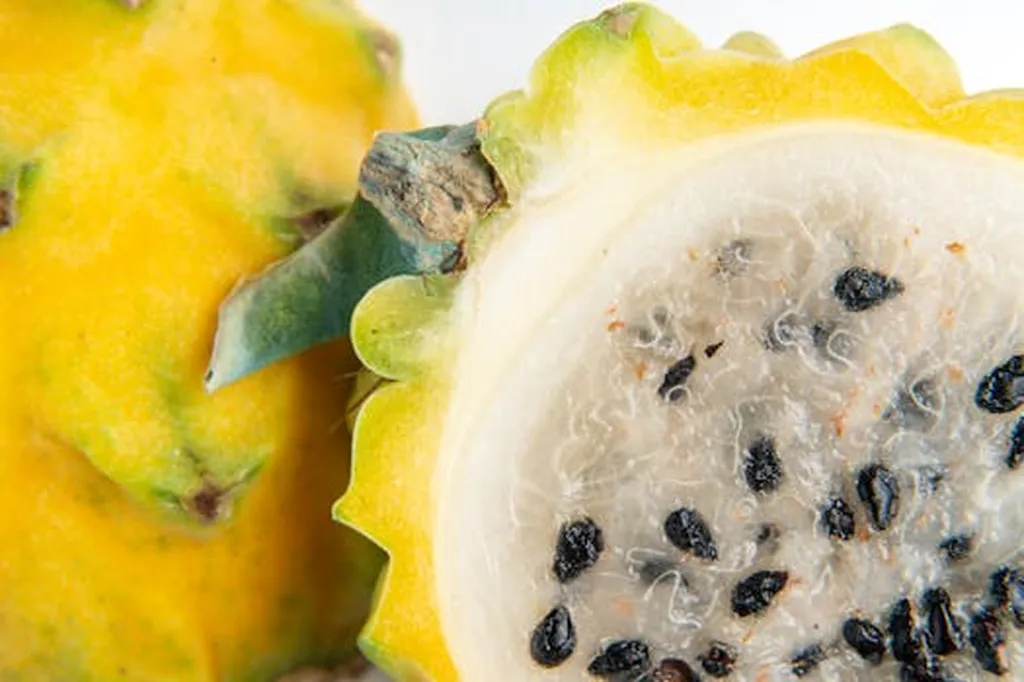In a groundbreaking study published in the journal *Genome Biology*, researchers have unveiled the first high-quality chromosome-level genome assembly of the yellow pitaya (Selenicereus megalanthus), a significant advancement that promises to revolutionize pitaya breeding and offer new insights into the genetic underpinnings of trait formation in different pitaya species. Led by Qamar U. Zaman from the School of Breeding and Multiplication at Hainan University’s Sanya Institute of Breeding and Multiplication, this research leverages cutting-edge technologies to decode the complex genetic landscape of the autotetraploid yellow pitaya, paving the way for innovative agricultural practices.
The study utilized PacBio HiFi sequencing and Hi-C scaffolding technologies to assemble the yellow pitaya genome, revealing a genome size of 1.79 Gb with 27,246 high-confidence genes. “This genome assembly is a monumental achievement,” Zaman explained. “It provides a comprehensive reference that will facilitate future breeding programs and genetic studies in pitaya species.”
One of the most intriguing findings of the study is the identification of significant differences in the 3D chromatin architecture between the diploid red pitaya (S. undatus) and the polyploid yellow pitaya. The researchers discovered varying numbers of compartment A/B, topologically associated domains (TADs), and structural variations in the two species. “These differences in 3D genome organization may impact gene expression and contribute to the distinct traits observed in different pitaya species,” Zaman noted.
The study also highlighted the enrichment of transcription factor motifs at TAD boundaries in both species, suggesting a regulatory role for these genomic regions. Furthermore, the researchers identified significant alterations in the expression of genes involved in the betalain biosynthesis pathway, which is responsible for the vibrant colors of pitaya fruits. “Understanding these genetic mechanisms is crucial for developing new varieties with desirable traits,” Zaman added.
The implications of this research extend beyond the realm of academic curiosity. By elucidating the genetic basis of trait formation in pitaya species, this study provides a theoretical foundation for fast-forward breeding programs. This could lead to the development of new pitaya varieties with improved yield, disease resistance, and nutritional value, ultimately benefiting farmers and consumers alike.
Moreover, the insights gained from this study could have broader applications in the field of agrigenomics. The methodologies and findings could be applied to other crop species, enhancing our understanding of polyploid genomes and their impact on trait formation. “This research opens up new avenues for exploring the genetic diversity and evolutionary history of pitaya species,” Zaman concluded.
As the global demand for sustainable and nutritious food sources continues to grow, the need for innovative agricultural practices becomes increasingly urgent. This study represents a significant step forward in meeting that need, offering a glimpse into the future of pitaya breeding and the broader field of agrigenomics. With the high-quality genome assembly of the yellow pitaya now available, researchers and breeders have a powerful new tool at their disposal, one that promises to shape the future of agriculture in profound ways.

